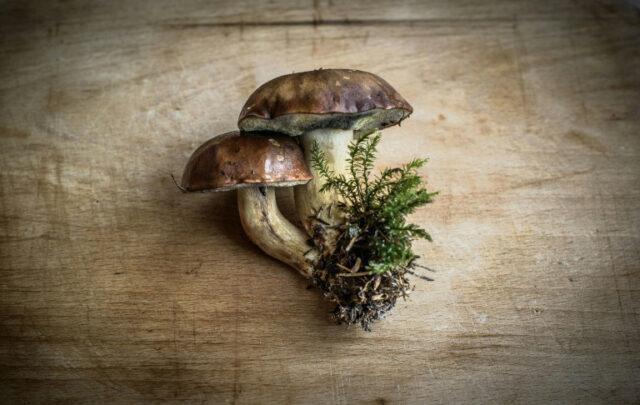 Over the years I have become very intrigued with the idea of grazing livestock year-round in the north, even though I have found as many negative things to say about the idea as positive. My thinking has been that wild cud-chewers and horses make it through winter just fine unless they become over-populated, so why not cows and sheep? Farmers and ranchers have long overwintered horses and beef cows on cornstalks sticking above the snow for at least part of the wintertime. But the best I’ve been able to do is make it to Christmas time on winter grazing alone, and then certainly not for milk cows where high production often demands more than what winter grazing can provide.
Over the years I have become very intrigued with the idea of grazing livestock year-round in the north, even though I have found as many negative things to say about the idea as positive. My thinking has been that wild cud-chewers and horses make it through winter just fine unless they become over-populated, so why not cows and sheep? Farmers and ranchers have long overwintered horses and beef cows on cornstalks sticking above the snow for at least part of the wintertime. But the best I’ve been able to do is make it to Christmas time on winter grazing alone, and then certainly not for milk cows where high production often demands more than what winter grazing can provide.
But we have had a very open, mild winter in much of the Midwest this year, and I was able to stretch the grazing season for my sheep until Jan. 20 without any supplemental feed. How so? I had decided last spring to turn one of the pasture plots into a woodlot and so did not graze it all summer to keep the sheep from eating seedling trees I had started there. Something peculiar happened in the plot. Lots of weeds and various kinds of wild grasses came up, of course. But the bluegrass that was always present started growing vigorously in the fall because of all the rain and then it kept growing into the mild winter. I mean really lush, green grass.
At Christmas time, after the sheep had grazed down the green lush growth in the other pasture plots, I turned them into the seedling tree lot. They ate that bluegrass right down to the mud and did not bother the trees, which by this time of course had lost all their leaves. I tried to feed some hay about Jan. 10, but the sheep turned their noses up at it and went back to the bluegrass. It wasn’t until Jan. 20 that they would eat hay.
We are not going to get many winters like this one, of course, but when one does come along, might as well take advantage of it. I am especially elated to pass this along because, as readers of this blog know, I think bluegrass is a better forage than many graziers give it credit for. Because it will go dormant in dry August weather, bluegrass gets a bad rap. I say it makes up for that with lots of early spring and late fall forage. And now, I see, winter feed too. If I were young and foolish again, I would think seriously of a pasture system fortified with sprinkler irrigation so that I could take full advantage of bluegrass.
The other benefit from this arrangement is that it means a plot planted to trees need not be lost for grazing purposes. It can be grazed in winter when the trees have lost their leaves and do not tempt animals to browse them as much. This is really a tremendous possibility that I have not heard emphasized. After the trees get above the reach of the livestock, then the plots can be grazed all year.
The negative side of winter grazing when temperatures stay mild is that the soil surface remains soft and muddy. Heavy cows and horses will just trample it to ruination. A smaller flock of sheep or other grazing animals of that size are not nearly as destructive however. In the perfect world I envisage where all husbandry is based on grazing, perhaps sheep and goats will become the principle milk producers, not cows, which solves the trampling problem.
The other wrinkle in current farming that could benefit winter grazing is radishes. A new idea much in vogue at the moment is planting a winter cover crop of white radishes. The big roots hold the nitrogen in the soil over winter, and then rot quickly after spring cultivation so that soil nutrients are then ready for the corn to follow. This practice is being done mostly by large grain farmers, but actually grazing animals could be turned into the radishes, which stay green through the first half of winter, without lessening the nutrient-saving effect of the plants. Also, grazing would cut down on the godawful smell of those radish roots rotting in early spring thaw.
~~





